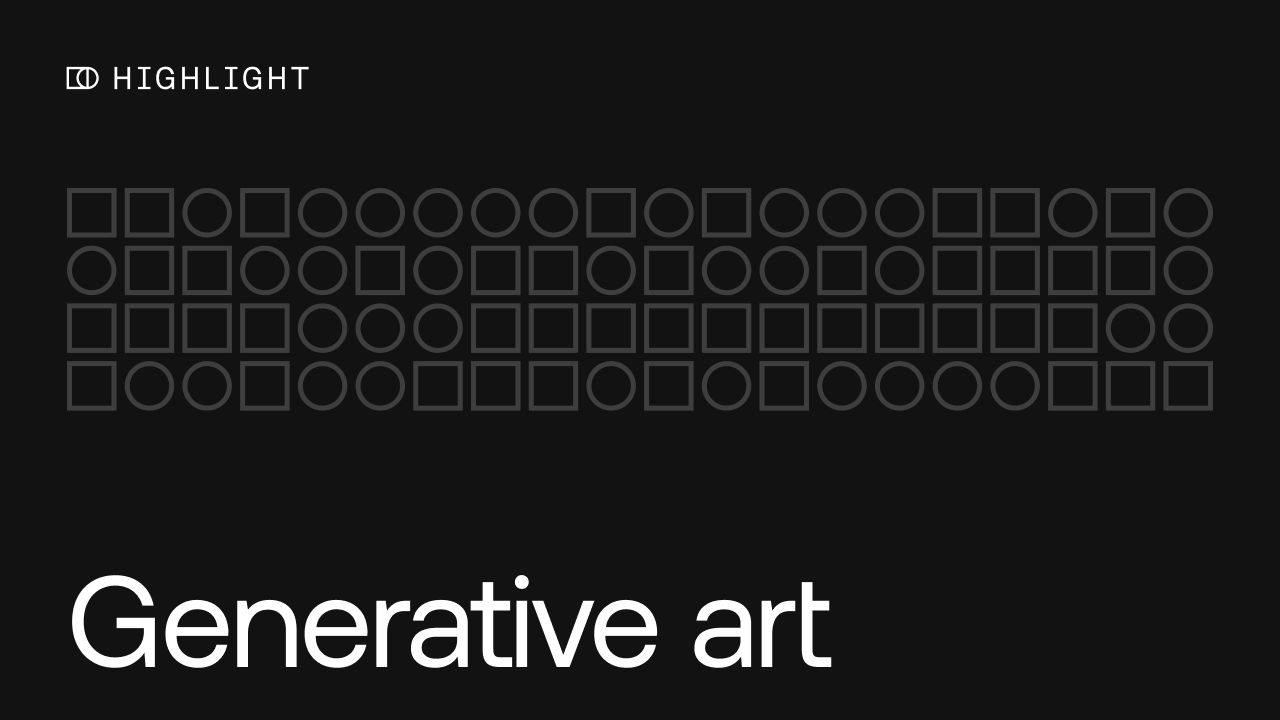
What is generative art?
Generative art is a form of art that is created using autonomous or semi-autonomous algorithms, rules, or systems that generate or determine the artwork's final output. Unlike traditional art, where the artist manually creates every element of the final artwork, generative art relies on code or computational processes to generate variations and unique compositions.
Generative art often involves randomness or a set of predefined parameters that influence the artwork's creation. Artists design algorithms or systems that define the rules and behaviors governing the art generation process. These algorithms can produce an infinite number of variations, making each artwork unique and unpredictable.
With the rise of blockchain networks, generative art has gained wider recognition and popularity. Artists today use a variety of software tools, programming languages, and digital platforms to create generative artworks that range from static visuals to interactive installations and virtual experiences. Generative art has become a means for artists to explore new creative territories, challenge traditional notions of authorship, and engage with emerging technologies.
Generative art continues to evolve as artists experiment with new techniques, machine learning, artificial intelligence, and blockchain technologies. It has found a significant presence in the world of NFTs and the blockchain art movement, where generative algorithms are used to create unique and scarce digital artworks that can be bought, sold, and owned on the blockchain.
Generative art as NFTs
The intersection of generative art and crypto, particularly through NFTs, has brought new opportunities and possibilities to the art world. NFTs are unique digital tokens that can represent ownership of any kind of digital or tangible asset, including generative art.
By tokenizing generative art as NFTs, artists can assert ownership, scarcity, and provenance over their digital creations. Each NFT represents a specific artwork, and its metadata can contain details about the generative process, algorithm used, and other information about the artwork's creation. This allows collectors to authenticate and verify the uniqueness and origin of the artwork, providing a transparent and immutable record of ownership.
Generative art can be created using Highlight’s toolkit. Please reference this article here for more in depth instructions on how to create a generative project on Highlight.